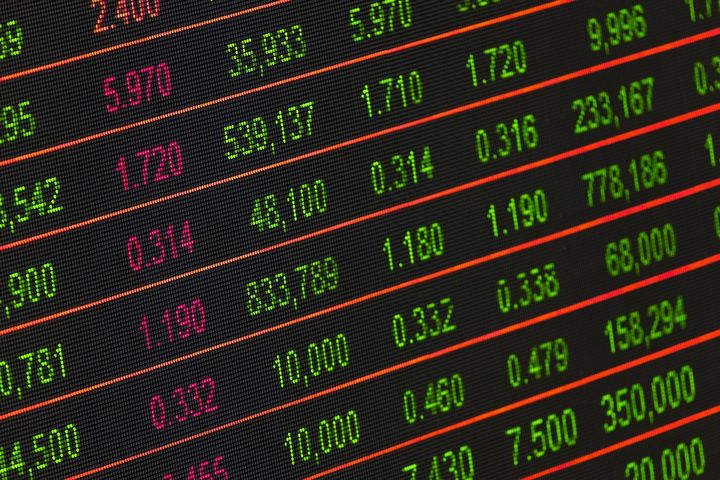
From the very beginning of his campaign Donald Trump has vigorously promoted his intention to get economic growth in the United States to at least 4%. Improving growth rates would reap great rewards for the American people especially in terms of job creation and higher real incomes. However, playing with the economy can be incredibly risky especially if you have no idea what you’re doing. Bullishly forging ahead with poorly crafted policies could have immense adverse effects.
Since the financial crisis of 2008, growth in the US has largely hovered around 1-2%. Therefore, a shift to 4% would constitute a doubling of American growth. Raising growth rates to that kind of level would require a major stimulus to the US economy. Trump has proposed to provide this stimulus in the form of corporate tax breaks and large across the board tax cuts. However, it is very difficult to draw a relationship between tax cuts and economic growth.
Tax cuts may seem like the panacea for economic problems but that is far from guaranteed. Tax cuts would almost certainly provide a boost to the economy by allowing businesses and individuals to retain more money for consumption and investment. However, this boost will be temporary. Decades of economic theory have demonstrated that such elevated economic activity will eventually force producers to raise prices in response to increased demand. If you’re a factory owner and one day hundreds of new orders start flooding in (paid for with the money retained from the tax cut) you will likely raise prices so that you can meet all of the orders and so you can make an extra buck. Thus, there is a very real possibility of Trump tax cuts leading to high inflation.
For decades the Federal Reserve has attempted to limit inflation by raising interest rates when the economy gets too overheated. If Trump’s sweeping tax cuts work as intended, i.e. they provide a temporary boost to the economy, the Fed will likely hike up interest rates and completely undo the boost from the tax cuts (possibly even creating a recession). If the Fed didn’t do so inflation could easily get out of hand as it did in the 1970s. Thus, modern economics predicts that Trump’s plan will either lead to heavy inflation or have no effect at all.
Such effects will only occur if the tax cut does indeed have a catalytic effect on the economy which, again, is not guaranteed. Slashing taxes will also necessitate major federal budget cuts otherwise risking the expansion of the national debt. Trump claims that the increased growth will fill the gap but, as previously stated, growth is not guaranteed. Federal budget cuts will result in reduced government spending (and therefore less money in the hands of business owners that provide services to the federal government) which may also undo the temporary boosting effect of the tax cut. Moreover, if the Fed also decides to raise interest rates alongside the budget cuts there could be a double negative effect which could lead to contraction and unemployment.
All of this underscores a major conclusion of modern economic theory that economic growth, at its heart, in developed nations rests primarily upon innovation in production and organization. It is widely understood that while developing nations such as China can grow at extraordinary double digit growth rates, developed nations cannot do so. The underlying causes for Chinese growth are fundamentally different than American growth. The United States went through decades of sustained growth in the 19th century that got it to where it is today. China has only begun recently, thus it is no wonder that Chinese rates have been incredibly high (though declining recently). If Trump really wants to unleash higher levels of sustained growth he should be investing in science and technology and incentivizing businesses to innovate. That is where the true key for 4% growth may lie.
Ultimately, Donald Trump’s plan to get economic growth to 4% is incredibly misguided. Either the president has discovered some new economic theory, flying in the face of decades of economic research, or he is simply pursuing a knee-jerk solution that he can rant about at his rallies.